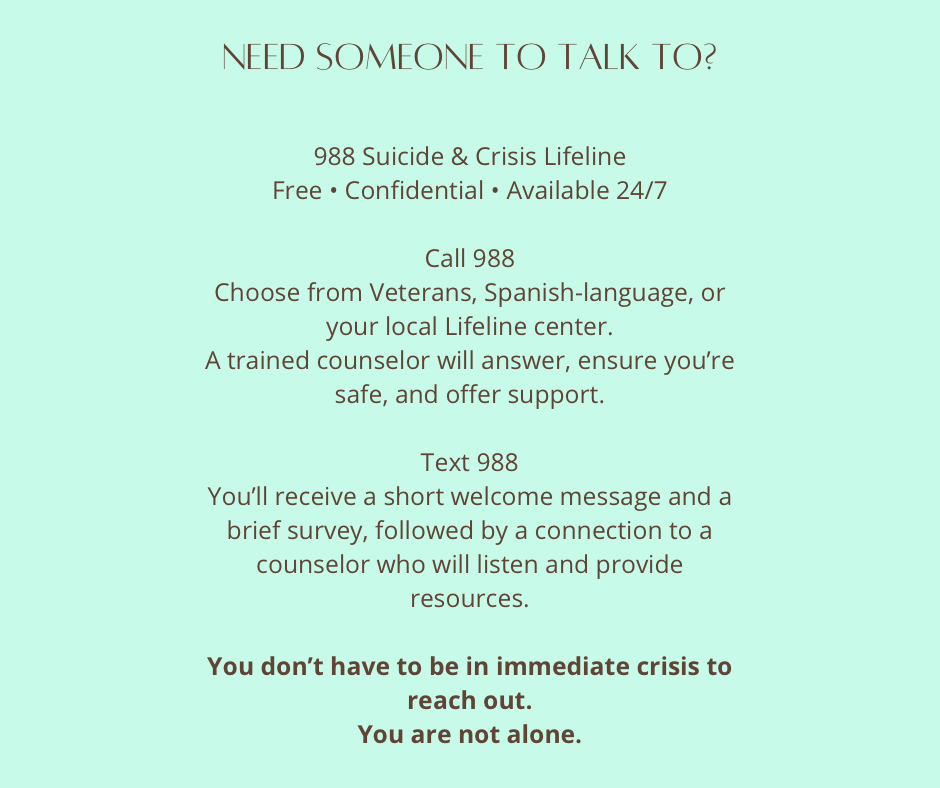
The Elizabeth Project: A Community’s Answer to Stray Cat Overpopulation
- Anna LaBay

- Jul 4
- 3 min read
The Elizabeth Project: A Community’s Answer to Stray Cat Overpopulation
McCook Neb. - Courtney Hampton is leading a compassionate grassroots initiative called The Elizabeth Project, created to address the growing problem of stray cat overpopulation. Named in honor of the late Elizabeth Schaffert—a young woman remembered for her deep love of animals and her tireless efforts to rescue kittens—the project seeks to carry forward her legacy through humane, community-driven solutions.
A Passion Rooted in Empathy
Hampton’s dedication to animal welfare runs deep. After transitioning to a more flexible role with Home Instead, she now devotes her extra time to this cause. “I love all that,” Hampton said. “It gives me time—extra time now to start what we’ve got going on.”
Choosing to name the project after Elizabeth Schaffert was both personal and heartfelt. Elizabeth passed away at just 22 years old but left a lasting impact through her compassion for animals. “She was always rescuing baby kittens and trying to rehome something or pick up a stray,” Hampton recalled. Through the project, she hopes to carry on Elizabeth’s caring spirit in the community.
A Focus on Trap-Neuter-Return (TNR)
At the heart of The Elizabeth Project is a comprehensive Trap-Neuter-Return (TNR) program. Hampton and her best friend—who also plays a key role in the project—focus on high-density stray cat areas, especially around restaurants where cats often scavenge for food.
Left unspayed, a single female cat can lead to an explosion in the stray population. This not only contributes to inbreeding and disease but also puts a strain on neighborhoods trying to manage these colonies.
The project’s TNR process is thorough and humane:
Trapping: Live traps, often covered with blankets to help the cats feel secure, are used to safely capture them.
Veterinary Care: Once trapped, cats are transported to participating veterinary clinics for care, which includes spaying or neutering, rabies vaccinations, and parasite treatment with Capstar.
Return or Rehoming: Most fixed cats are returned to their original locations to help stabilize colonies and prevent new, unfixed cats from moving in. Kittens, however, are given special attention—socialized and rehomed into loving families whenever possible.
Building a Network of Support
The success of The Elizabeth Project depends heavily on community partnerships and local generosity:
Veterinary Support: Dr. Wayne and Dr. Bree at Red Willow Animal Clinic, as well as Dr. Mohr at Four Winds, have been instrumental in offering reduced-cost services. “It’d be impossible if they weren’t willing to do it,” Hampton noted. To ensure clarity and accountability, only a few trusted individuals—Hampton among them—are authorized to bring animals in under the project’s name.
Fundraising and Donations: To help cover veterinary expenses and supply needs, an account has been established at Red Willow Animal Clinic under “The Elizabeth Project” for direct donations. Hampton is also exploring possible fundraising opportunities, such as a bingo night at The Station, a pool tournament and silent auction at TJ’s Family Fun Center, and a booth at Heritage Days to raise awareness and collect donations. Some local businesses, such as Renegade Removal, have already stepped up to support the cause.
Independent and Community-Driven
While The Elizabeth Project welcomes collaboration and community involvement, it is important to note that the project is not affiliated with the Humane Society or any other organization at this time. Hampton plans to continue building the project independently while working toward establishing it as a nonprofit organization.
She acknowledges that developing a sustainable program will take time, but her focus remains clear. “If I can get a good organization going and everybody puts hands in on it, I think it would be something we could get a handle on,” she said.
Educating the Community
Hampton also recognizes the importance of public education. Some residents may not initially understand or agree with the TNR approach—especially those who feed stray cats but aren’t aware of the broader implications. To help bridge that gap, the project is developing informational flyers explaining the rapid reproductive cycle of cats and the health risks of unmanaged colonies.
At its core, The Elizabeth Project is a testament to what can happen when a community comes together—led by compassion, driven by purpose, and inspired by the memory of a young woman who loved with her whole heart.




How can I help? Who can I contact?